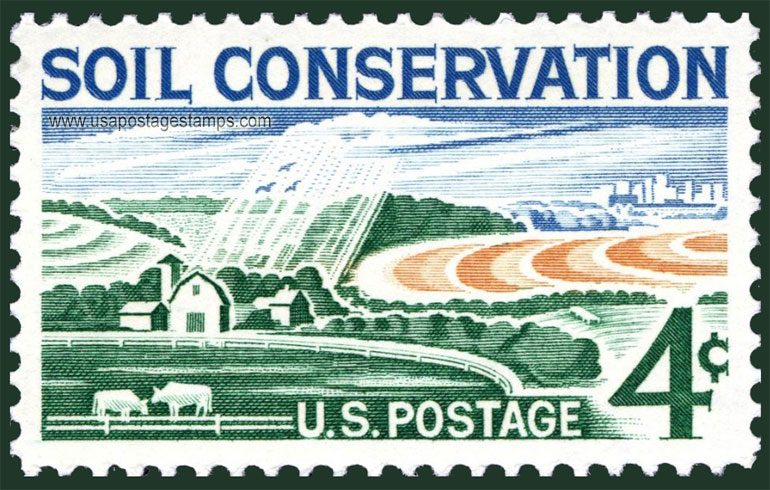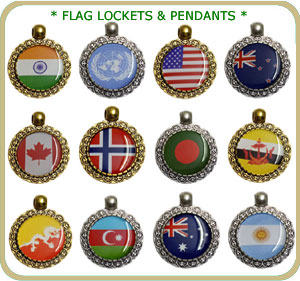US 1959 Soil Conservation 4c. Scott. 1133

Series: Soil Conservation Issue
Stamp details: Soil Conservation
Issued date: 26-08-1959 (dd/mm/yyyy)
Face value: 4c.
Emission: Commemorative
Watermark: No Watermark
Catalogue No:-
Scott (USA): 1133
Stanley Gibbons (UK): 1132
Michel (Germany): 758
Yvert et Tellier (France): 672
Dimensions (height x width):
25mm x 40mm
Printer: Bureau of Engraving and Printing
Print Method: Rotary press
Stamp Colors: Blue, green and ocher
Perforation: Perf 11 x 11
Themes: Cattle, Animals, Birds, Farmhouse, Environment Protection
Total print: 120,835,000 (estimate)
Stamp details: Soil Conservation
Issued date: 26-08-1959 (dd/mm/yyyy)
Face value: 4c.
Emission: Commemorative
Watermark: No Watermark
Catalogue No:-
Scott (USA): 1133
Stanley Gibbons (UK): 1132
Michel (Germany): 758
Yvert et Tellier (France): 672
Dimensions (height x width):
25mm x 40mm
Printer: Bureau of Engraving and Printing
Print Method: Rotary press
Stamp Colors: Blue, green and ocher
Perforation: Perf 11 x 11
Themes: Cattle, Animals, Birds, Farmhouse, Environment Protection
Total print: 120,835,000 (estimate)
Description:- Soil conservation is the prevention of loss of the top most layer of the soil from erosion or prevention of reduced fertility caused by over usage, acidification, salinization or other chemical soil contamination. Slash-and-burn and other unsustainable methods of subsistence farming are practiced in some lesser developed areas. A sequel to the deforestation is typically large scale erosion, loss of soil nutrients and sometimes total desertification. Techniques for improved soil conservation include crop rotation, cover crops, conservation tillage and planted windbreaks, affect both erosion and fertility.
When plants die, they decay and become part of the soil. Code 330 defines standard methods recommended by the U.S. Natural Resources Conservation Service. Farmers have practiced soil conservation for millennia. In Europe, policies such as the Common Agricultural Policy are targeting the application of best management practices such as reduced tillage, winter cover crops, plant residues and grass margins in order to better address the soil conservation. Political and economic action is further required to solve the erosion problem. A simple governance hurdle concerns how we value the land and this can be changed by cultural adaptation. Soil carbon is a carbon sink, playing a role in climate change mitigation.
Source: en.wikipedia.org/wiki/Soil_conservation
When plants die, they decay and become part of the soil. Code 330 defines standard methods recommended by the U.S. Natural Resources Conservation Service. Farmers have practiced soil conservation for millennia. In Europe, policies such as the Common Agricultural Policy are targeting the application of best management practices such as reduced tillage, winter cover crops, plant residues and grass margins in order to better address the soil conservation. Political and economic action is further required to solve the erosion problem. A simple governance hurdle concerns how we value the land and this can be changed by cultural adaptation. Soil carbon is a carbon sink, playing a role in climate change mitigation.
Source: en.wikipedia.org/wiki/Soil_conservation




